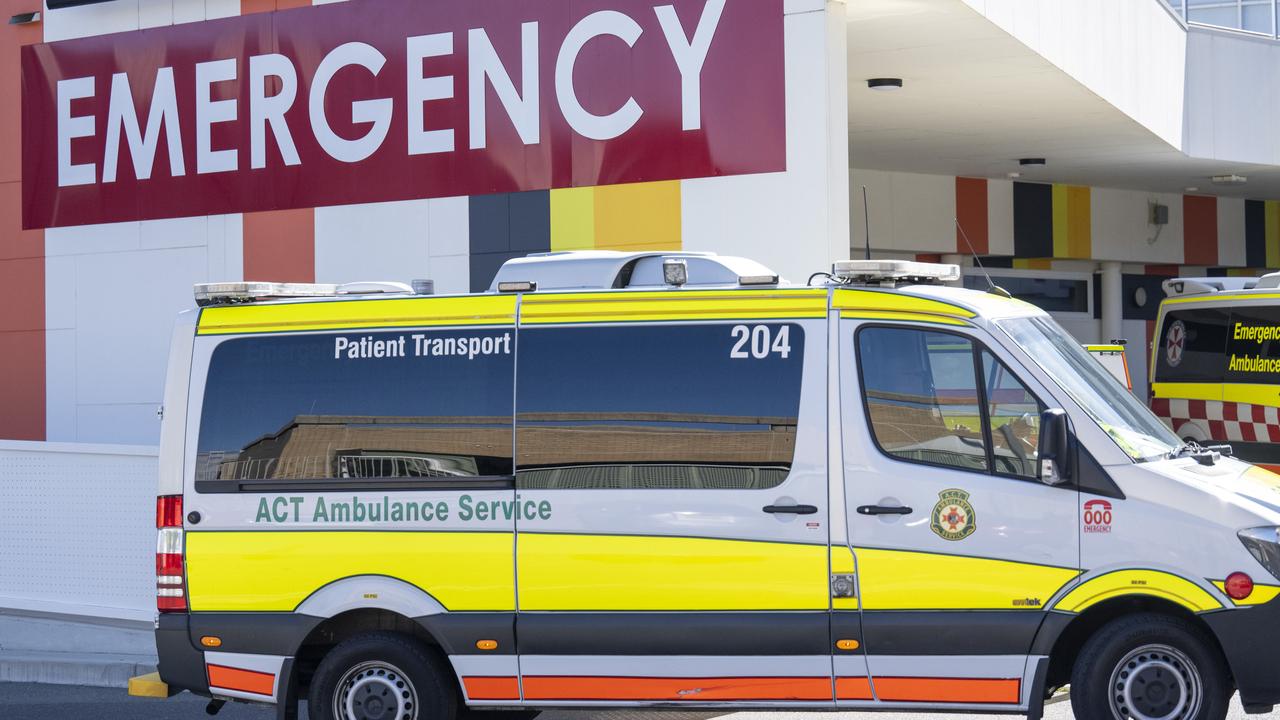How NSW Unsolved Homicide squad nabbed Family Court bomber
The oldest cold case solved by an elite squad of NSW Police detectives came with 155 boxes of meticulous evidence records. Then one final piece of the puzzle slid into place.
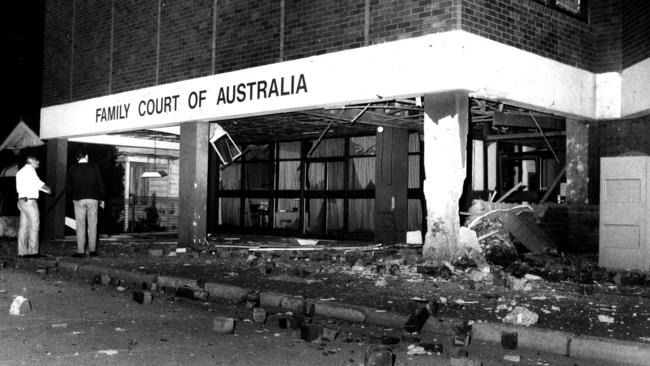
NSW
Don't miss out on the headlines from NSW. Followed categories will be added to My News.
The oldest case solved by NSW Police’s Unsolved Homicide Squad was charging multiple murderer Leonard Warwick, who killed three people, blew up court houses and the homes of judges in the 1980s over an unfavourable custody dispute.
The serial killer denied launching the murderous rampage as he fought his estranged wife Andrea Blanchard for access to their only child.
But, he was arrested in 2015 — 35 years after his first murder — and found guilty of killing three people including a Family Court judge and injuring 50 others in a series of high profile shootings and bomb blasts between February 1980 and July 1985, the like of which had never been seen before in Australia.
He was sentenced to life in prison.

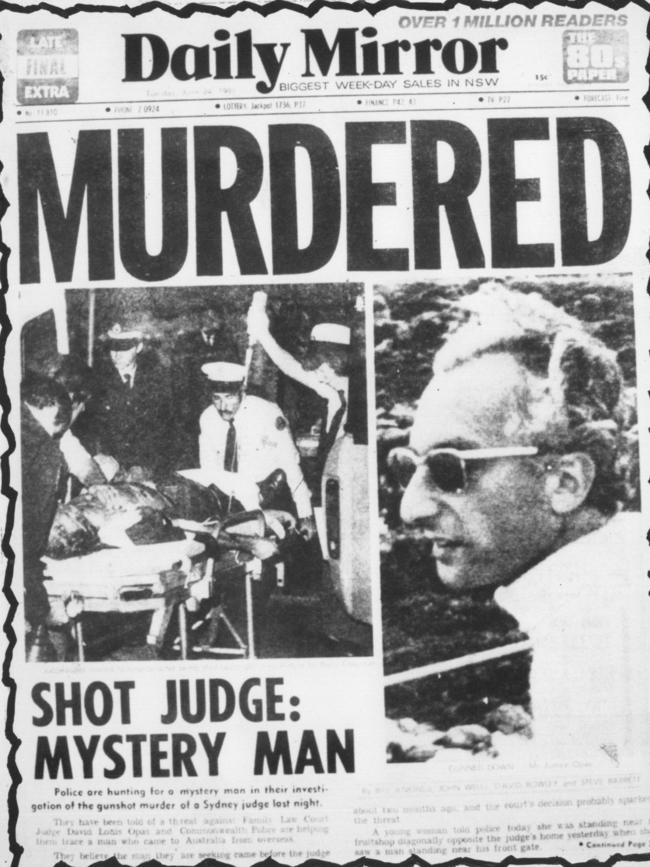
“There were 155 boxes that had to be digitalised which were full of evidence records.
Statements then had to be reviewed before the final piece in the puzzle — which was the DNA really,’’ Detective Inspector Matt Russell, the officer in charge, said.
“Our records from 1985 said the evidence was held at ballistics, then we went to look for it, and one officer in particular said ‘I’m going to go to ballistics’, and went through a shipping container of exhibits which found the carpet and the cardboard which was instrumental in the case.
“It was also valuable to show continuity when we got to court — because the records were so well kept which said it was with ballistics and that’s where we found it,’’ he said.
“Re-investigating the case was helped so much because the original investigators were so thorough and the preservation of exhibits and statements meticulous,’’ he added.
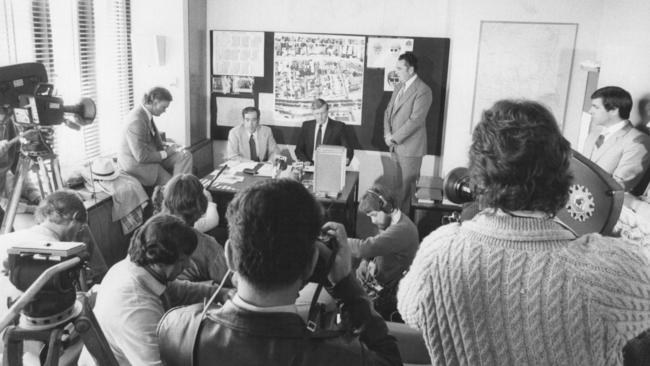
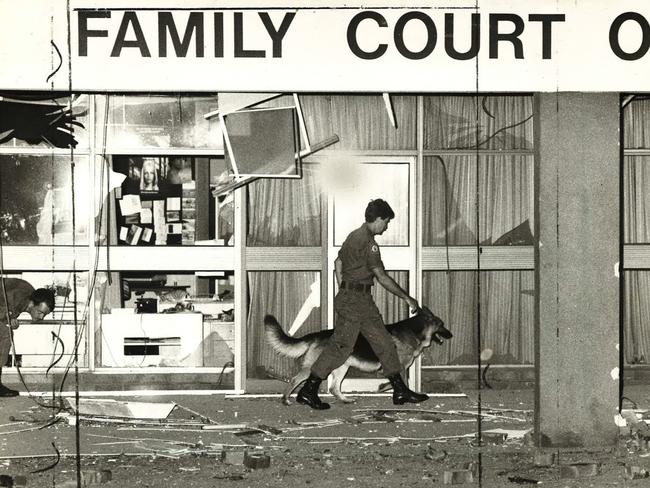
The ballistics officer from the 80s who worked on the case spent weeks in the witness box giving evidence with Warwick eventually found guilty of three murders.
“We are pretty hard on ourselves in NSW and our figures when it comes to unsolved, like in the Family Court bombing there were four murder charges and we didn't get up on one, that of Stephen Blanchard the brother-in-law of Andrea Lawson.
“In other jurisdictions they would say that’s solved, but we put it back in our lists and say it isn’t solved because we haven’t got a conviction,” Detective Inspector Russell said.
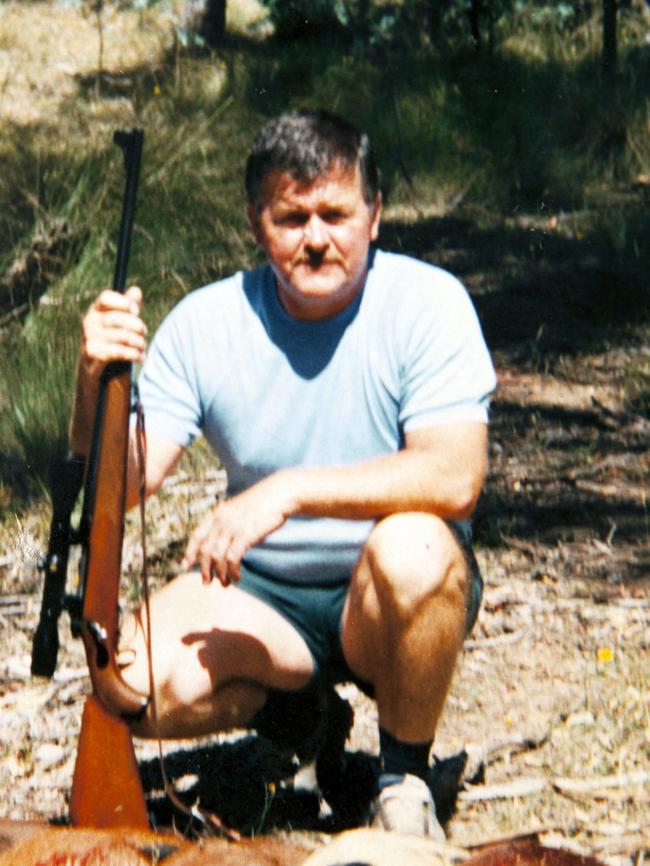
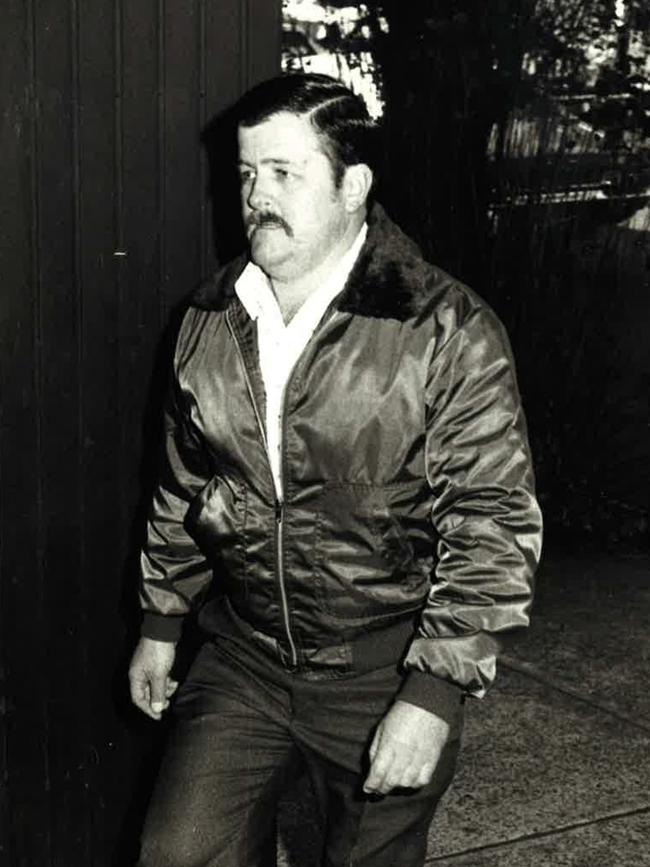
Warwick was convicted to life in prison almost forty years after his first murder of Justice David Opas. Justice Opas was the first judge to preside in the Family Court proceedings which involved a bitter custody and property battle with Warwick and his ex-wife.
It was the Crown case that the judge made adverse orders against Warwick and made critical remarks.
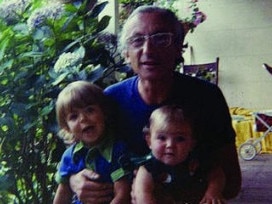
During a court hearing on May 20, 1980 Justice Opas warned Warwick that if he did not return his daughter’s cot to his ex-wife, “you might find yourself in jail”.
About a month later on June 23, Justice Opas was shot once in the abdomen with a .22 calibre firearm.
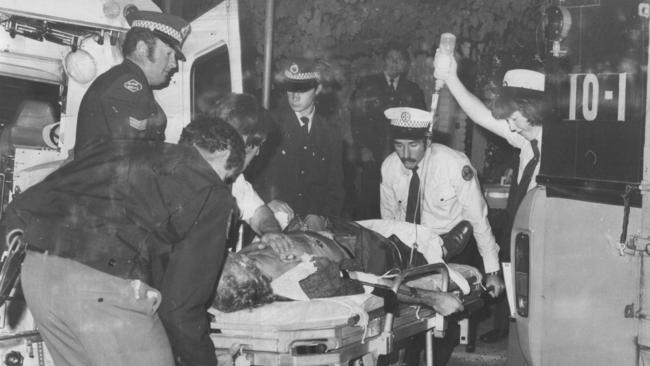
Justice Richard Gee took over proceedings after the murder of his colleague and further restricted Warwick’s access to his daughter, changing visitation from twice weekly to twice monthly.
About 2am on March 6, 1984 a bomb went off destroying Justice Gee’s home and leaving him with serious injuries.
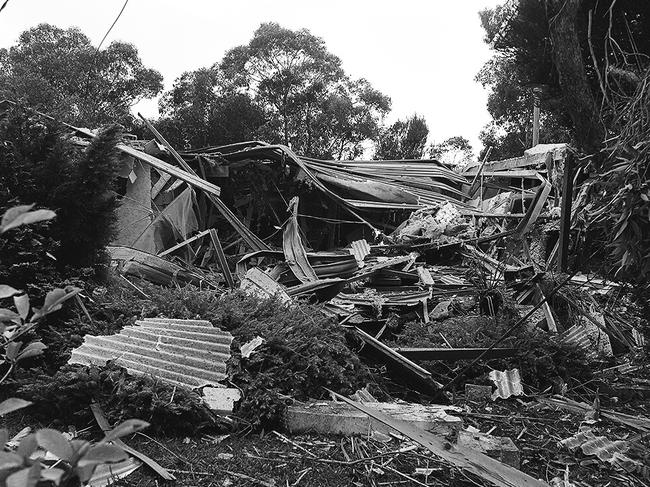
Justice Ray Watson was the third judge to preside over the acrimonious divorce battle and he “made significant orders against the accused’s interest”.
Orders he made on March 6 meant police could take Warwick’s daughter from him if he failed to comply with access arrangements.
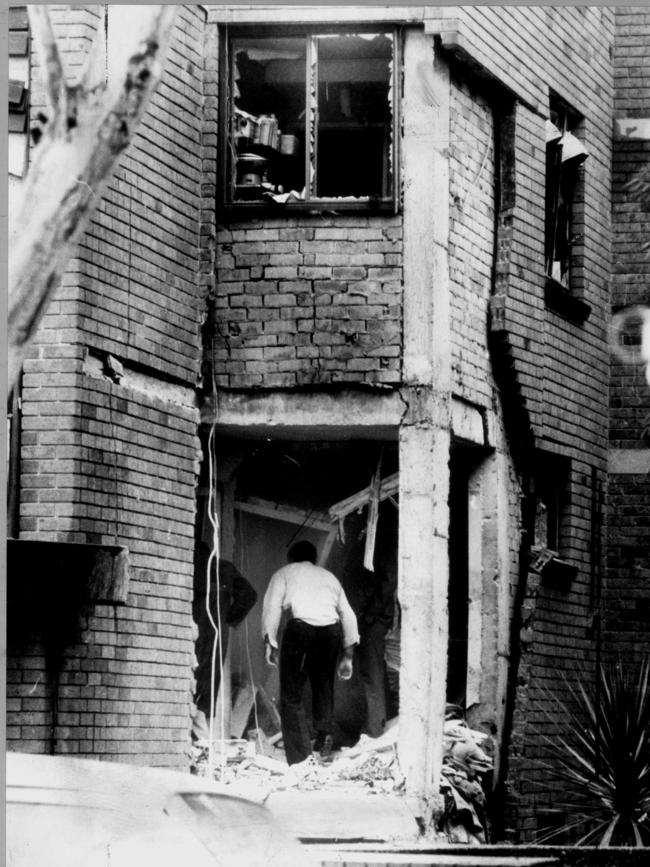
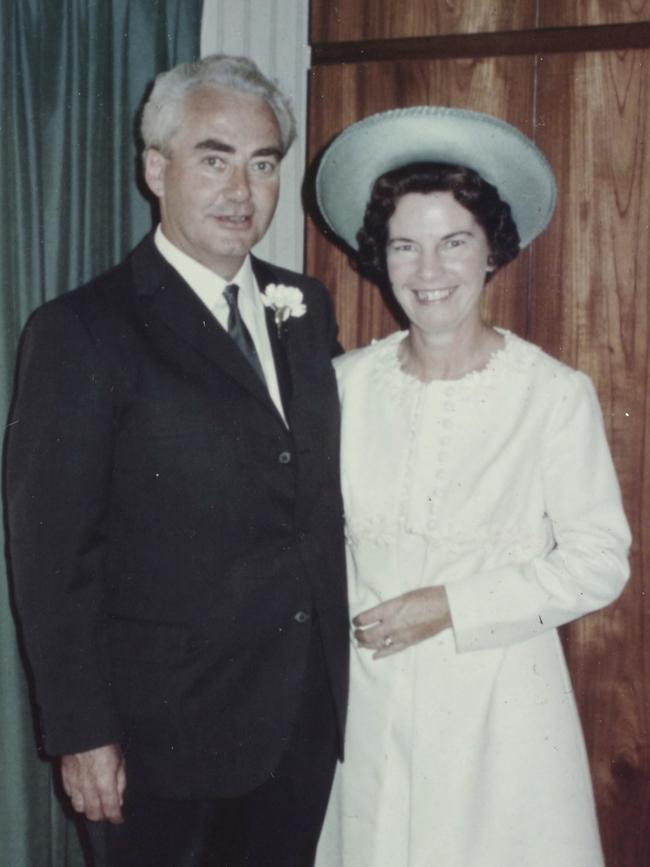
On the morning of July 4, 1984 the judge’s wife Pearl Watson opened the door of their Greenwich unit and was killed by a bomb.
It is the Crown case that Warwick was frustrated and angry that Ms Blanchard had moved away to a secret location with their daughter with the help of Jehovah’s Witness members.
On July 14, 1985 the Casula hall where the Jehovah’s Witnesses met was broken into. Blood left on carpet and cardboard in the hall would later match the DNA of Warwick.
A week later on July 21, a bomb went off at the hall killing member Graham Wykes and seriously injuring another 13.
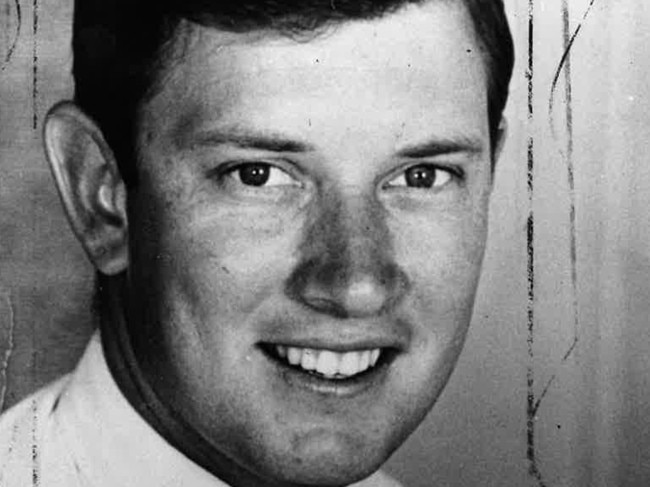
Warwick was acquitted of the murder of his brother-in-law, Stephen Blanchard, who was shot in the head and his body dumped in a creek in Ku-ring-gai Chase National Park on February 27, 1980.
The judge said there was not enough evidence of a motive for Warwick to kill Mr Blanchard.
Originally published as How NSW Unsolved Homicide squad nabbed Family Court bomber



